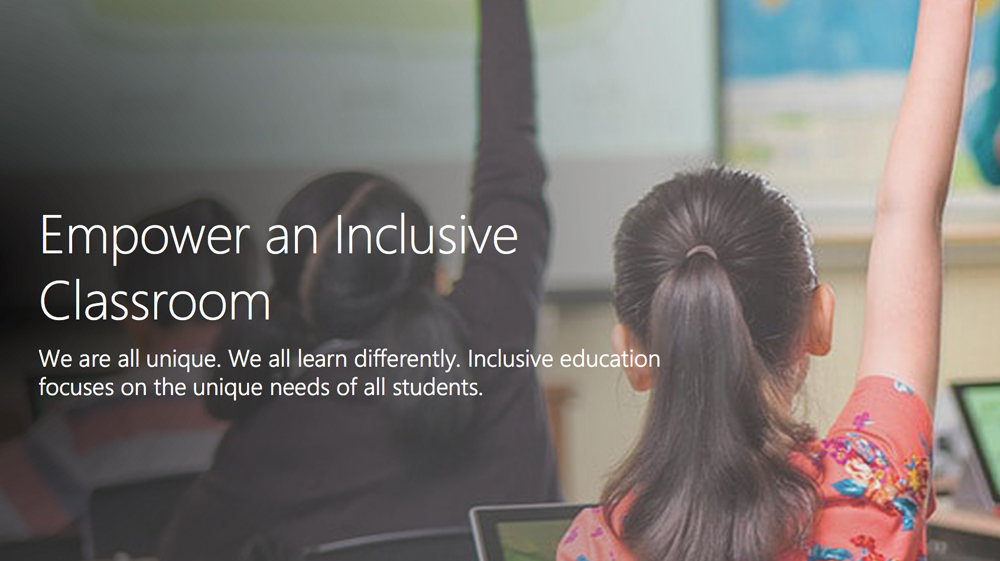
Earlier this year, Inclusive Education Canada partnered with Microsoft in Education Canada to provide free professional development workshops and resources for educators to help drive the most effective learning for students. The partnership highlights the commitment between both organizations to make learning more inclusive and accessible.
Below is a Q & A with the Microsoft in Education Canada team, which takes a look at how the partnership helps create more accessible education in schools across Canada.
Q. Why was Microsoft interested in a partnership with Inclusive Education Canada?
A. Microsoft was founded on the principle that people can do remarkable things when technology is within reach. Every student is unique and learns differently, and as such, we believe that education should be accessible to students of all abilities. With Inclusive Education Canada, we are creating an inclusive learning environment for every Canadian.
Q. What is the value behind a partnership between Inclusive Education Canada and Microsoft?
A. Our partnership with Inclusive Education Canada reiterates our commitment to making education accessible to all students. This means providing educators and students with a range of tools to enable them to succeed, regardless of learning style and accessibility need. Together, we are not only enabling new learning styles in classrooms but also raising awareness for inclusive learning.
Q. What is the assistive technology training that Microsoft provides useful for, and how does this training help educators?
A. Whether it is with modern devices or hands-free voice commands, accessible technology is key to driving a more equitable education experience. While the technology exists, what is key is training educators on how to use and implement this technology in their classroom so they can truly personalize student learning. Together with Inclusive Education Canada, we have been able to provide free professional development workshops and resources for educators to create this such environment.
Q. What are the benefits to children with and without intellectual and physical disabilities to learn together in regular classrooms?
A. Just as we do in the workplace, collaboration in a classroom is important. We embrace our role in helping ensure students of all abilities have the opportunity to learn, and creating a collaborative, inclusive classroom is key to this.
